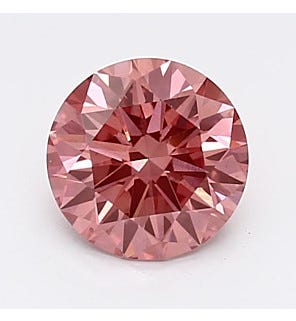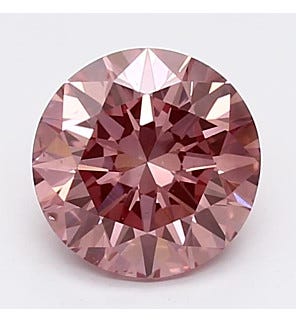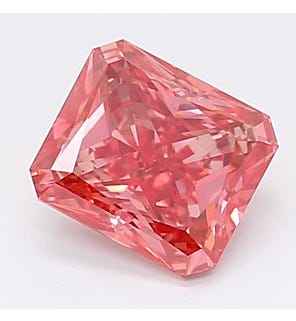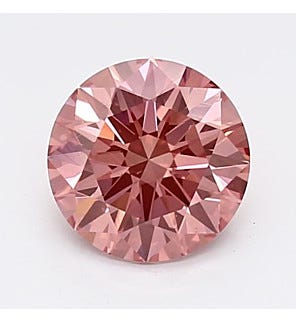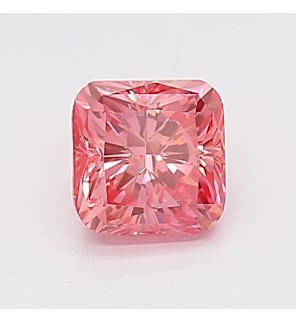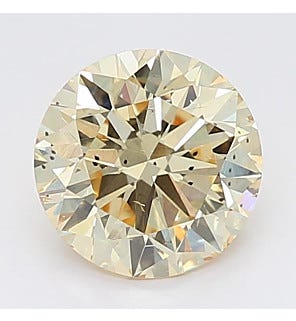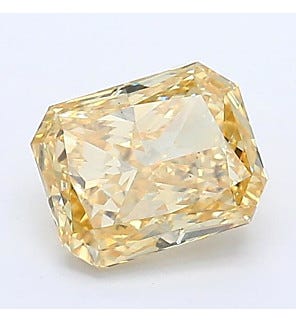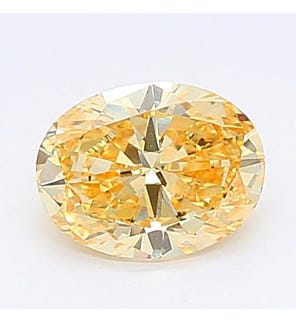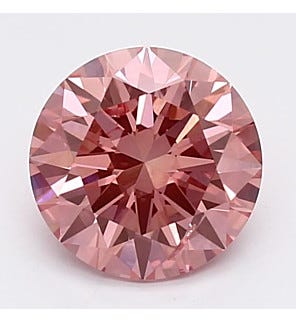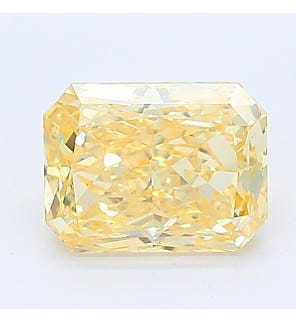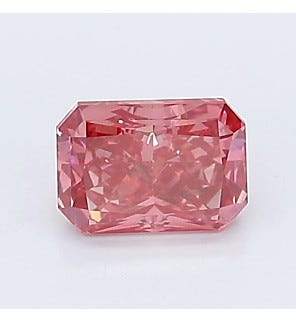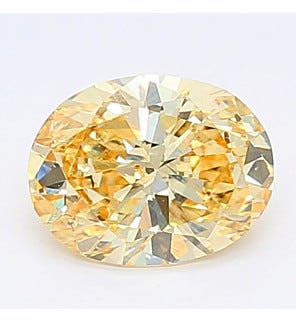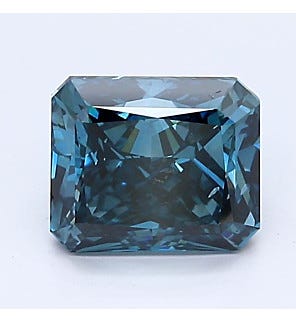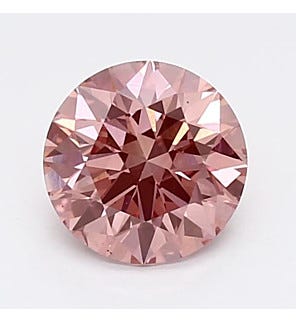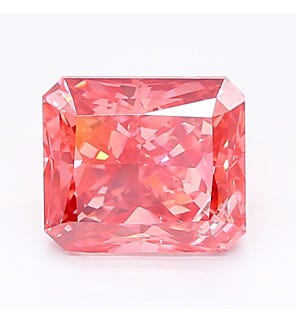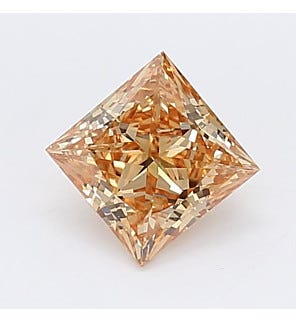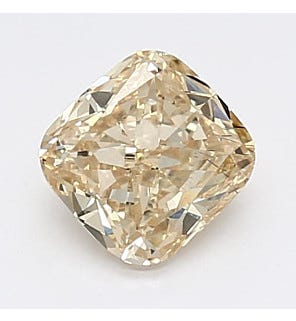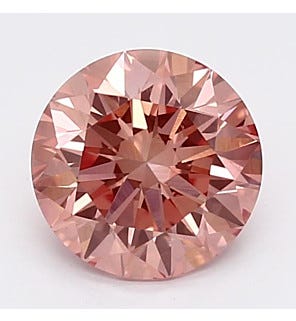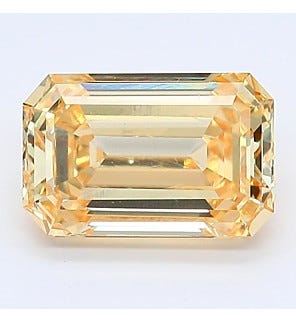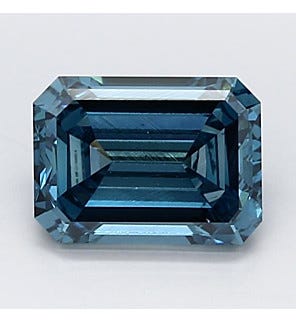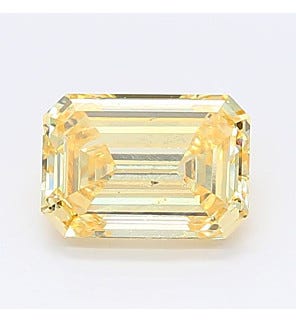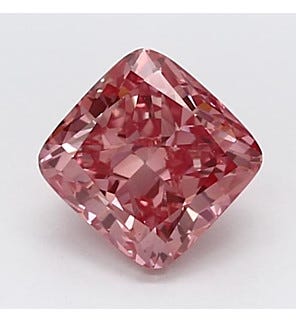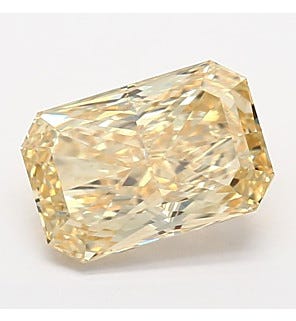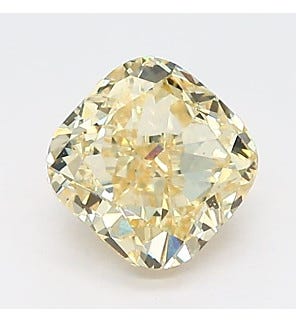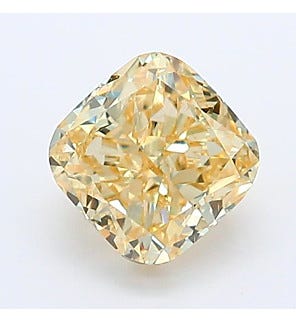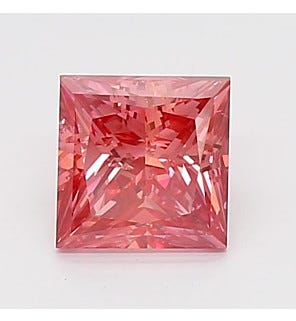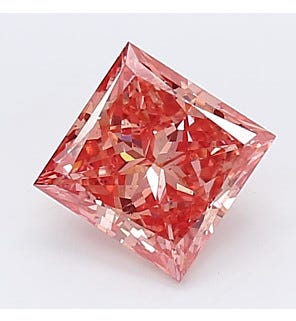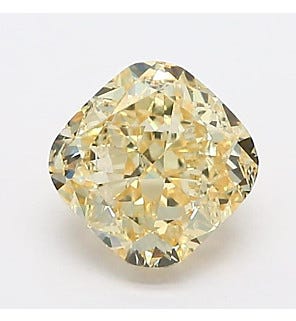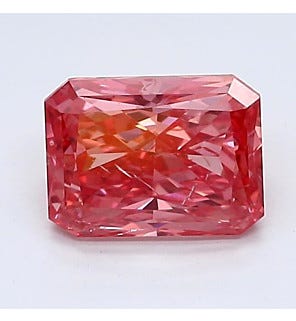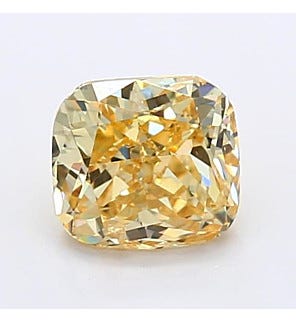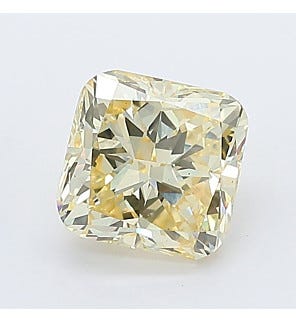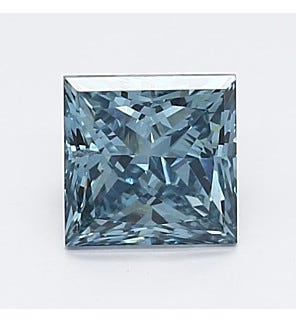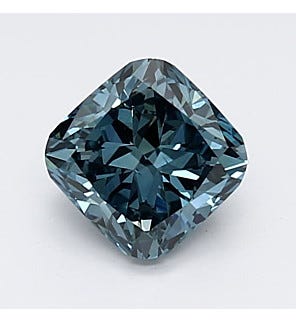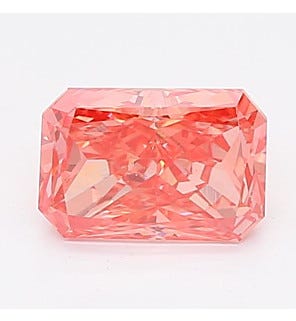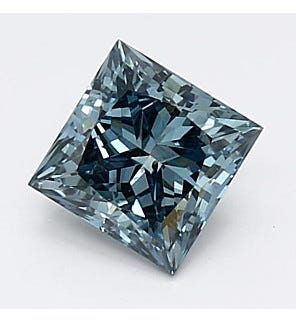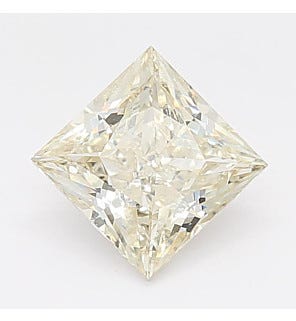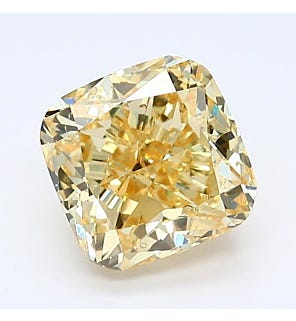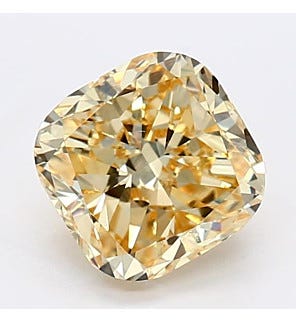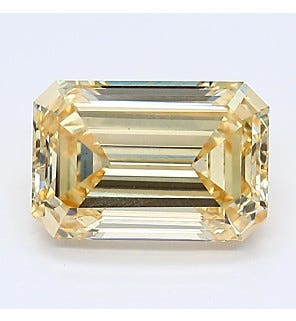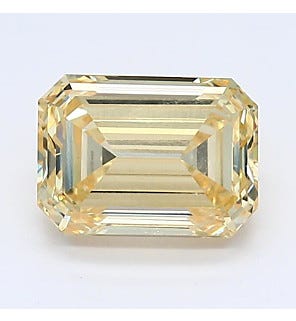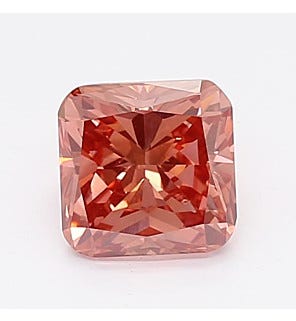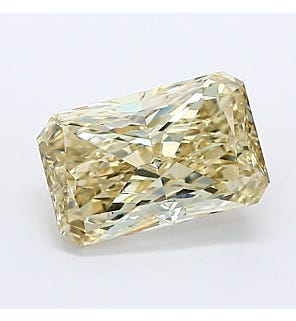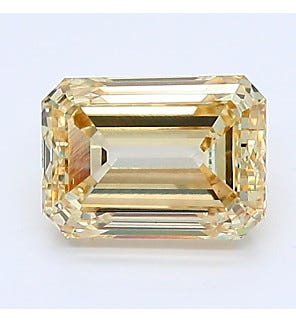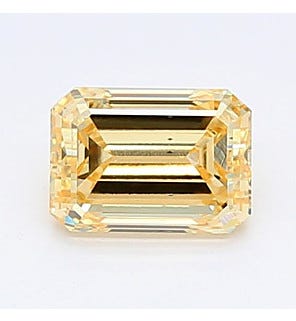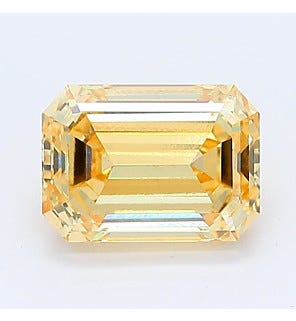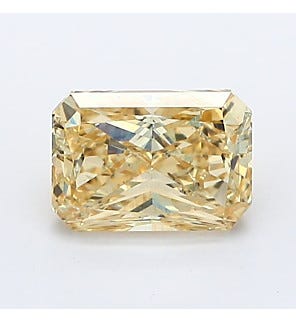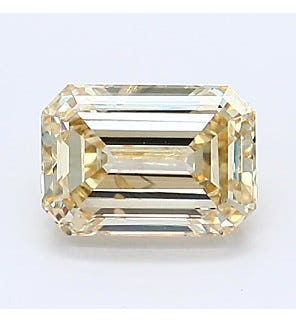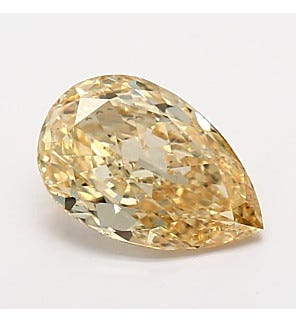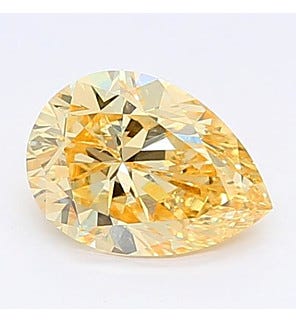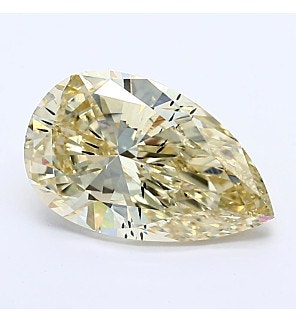Here are some tips on how to source the best colored diamond. Whether you're looking for a diamond that is green, blue, pink, or even yellow, there are a few things to pay close attention to.
The 4Cs apply to colored diamonds just as they are applied to a colorless diamond, with a few differences.
Cut
It's important to look for brilliant cuts that allow light to reflect beautifully. The cut of a diamond determines how well light reflects through and out of a diamond. In regards to colored diamonds, the cut is not the most important element, as colored diamonds are cut to have the color shine through.
Color
The color grade of a diamond is rated from D to Z. D graded diamonds are nearly colorless, on the other hand, a Z graded diamond has visible pale hues shining through. While near colorless diamonds tend to decrease in value when their yellow hues are visible, the opposite occurs for colored diamonds.
Clarity
The clarity of a diamond refers to the number of inclusions. Inclusions refer to imperfections that are found within. diamond. Generally, inclusions are nearly invisible to the naked eye and would have to be magnetized 10x in order to see any imperfections. Diamonds with fewer imperfections are graded higher on the GIA scale. The great thing about fancy colored diamonds is that their colors hide imperfections, allowing you to get a diamond filled with brilliance at a lower clarity grade, saving you money.
Carat Weight
Carat weight refers to the weight of a diamond. As the carat weight rises, so will the price. Larger diamonds tend to be rarer than smaller ones, making larger diamonds more expensive. When shopping for colored diamonds, keep the carat weight in mind as it influences the final cost.
